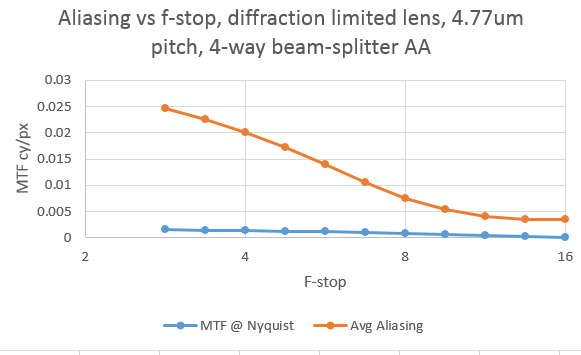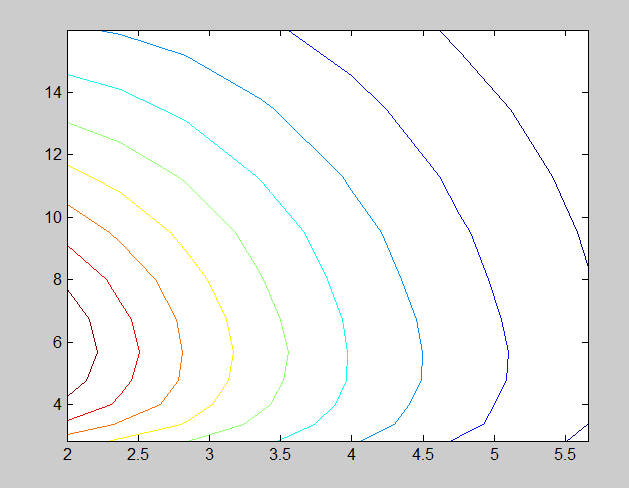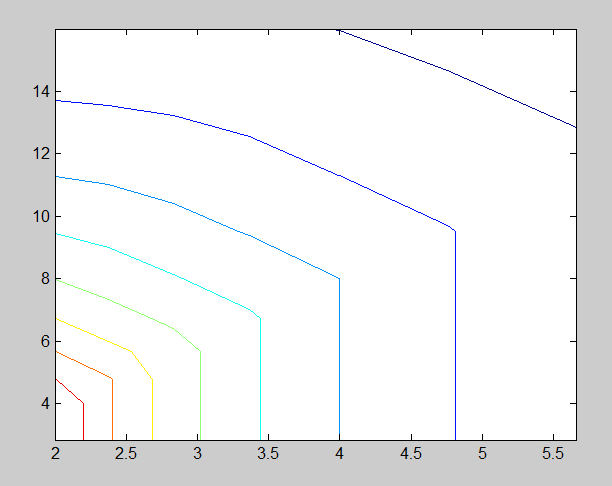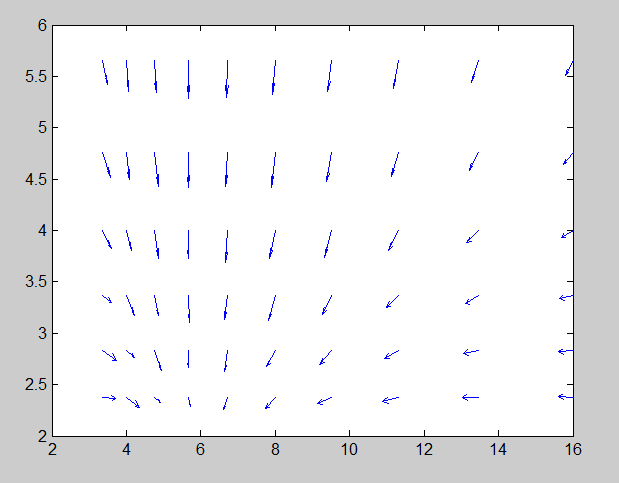I’ve been busy for the last few days, doing something that’s really boring to read about — but, counter-intuitively, a lot of fun to do — speeding up the execution of the camera simulator code. So, I’ve had little to report. However, while waiting for a test run to complete, I stumbled upon this blog. Those of… [Read More]
An aliasing metric
For the last couple of weeks we’ve been concentrating on maximizing resolution, as measured by MTF50 or MTF30, and occasionally MTF10. In this post, I’d like to consider what could be a similar metric for aliasing. We already have one that’s commonly used: the MTF at Nyquist frequency, which I’ll call MTFN. Imatest uses this…. [Read More]
MTF10 results for a simulated Otus
I ran the simulated Otus 55mm f/1.4 though the suite of MTF10 tests, and I’ll show the same plats as in the previous post for both a simulated camera with a 4-way beam-splitter anti-aliasing filter and one wit no AA filter. First, the 3 dimensional surface plots. With no AA filter: With the AA filter:… [Read More]
MTF10 results for a perfect lens
There is a school of thought that says that, if you have to pick one, MTF10, the spatial frequency where the modulation is 10%, is a more appropriate metric for imaging system sharpness, since more images will undergo capture sharpening, and MTF10 on the unsharpened image will translate to a higher modulation after sharpening. One… [Read More]
Sensel vs lens resolution
I ended a post a couple of days ago on an intellectually-unsatisfying note: So, in general, the answer to the question, “Would you like more lens resolution or more sensor resolution” is: “Yes.” Which would do you the most good depends on where you are on the 3D surface in the first graph. In this… [Read More]
- « Previous Page
- 1
- …
- 411
- 412
- 413
- 414
- 415
- …
- 574
- Next Page »



